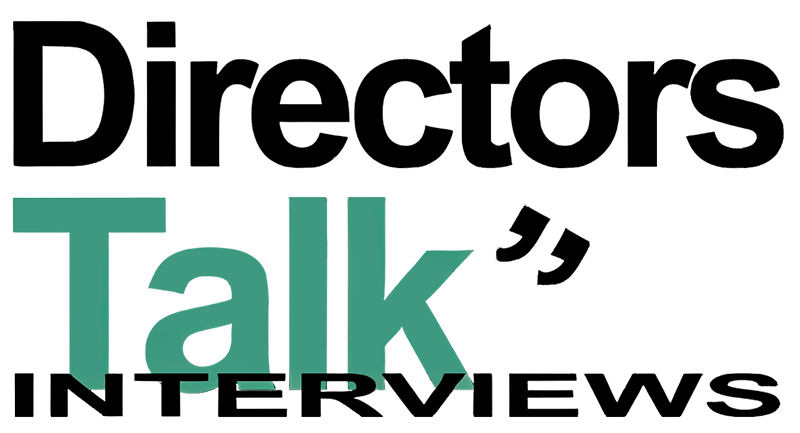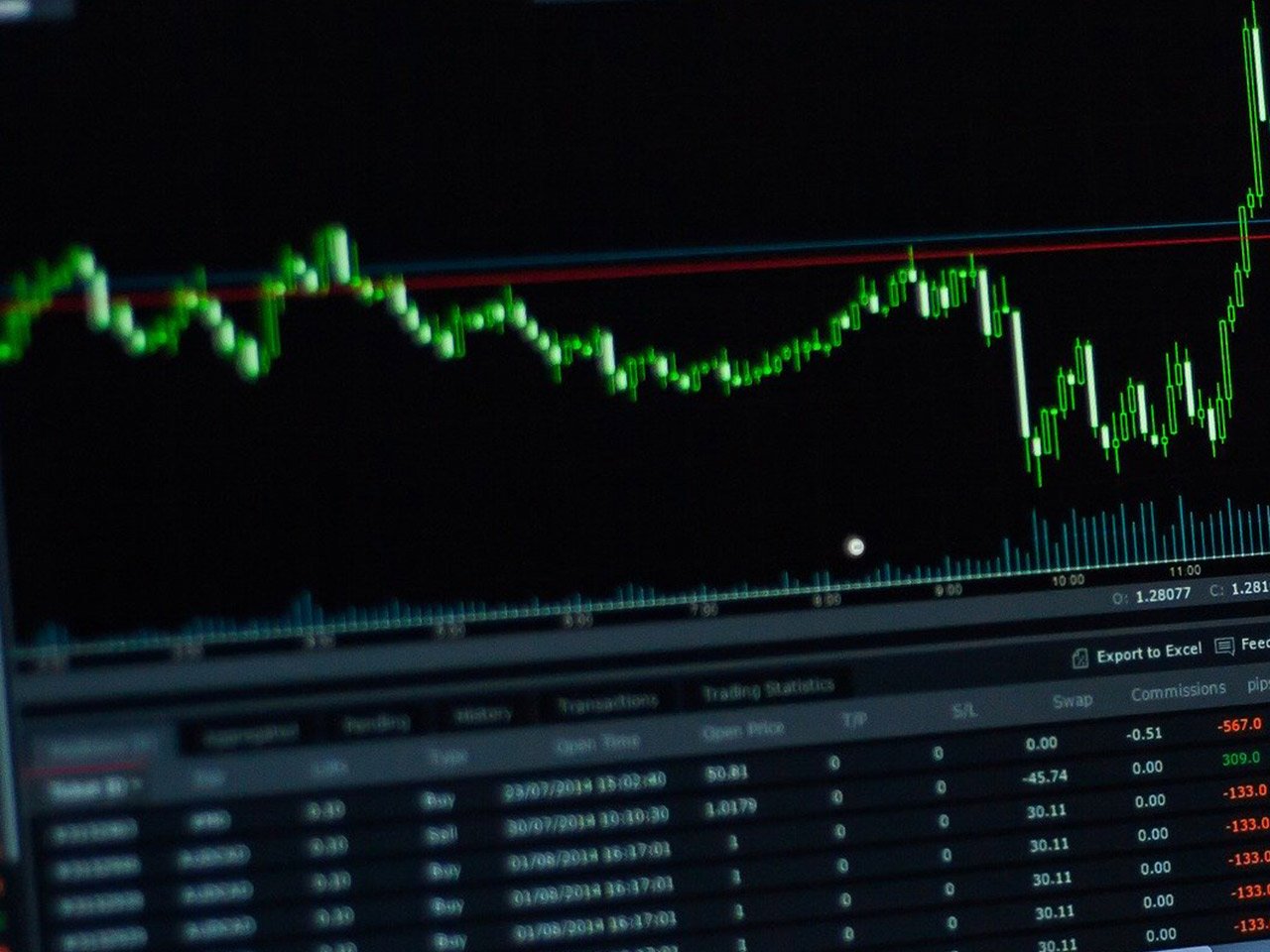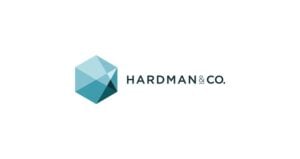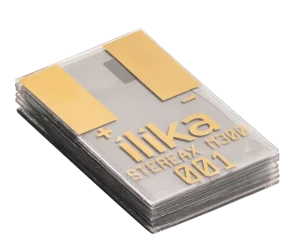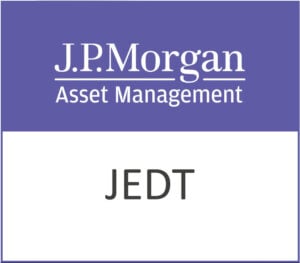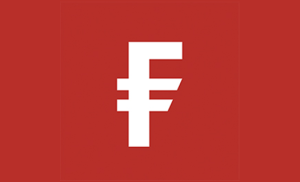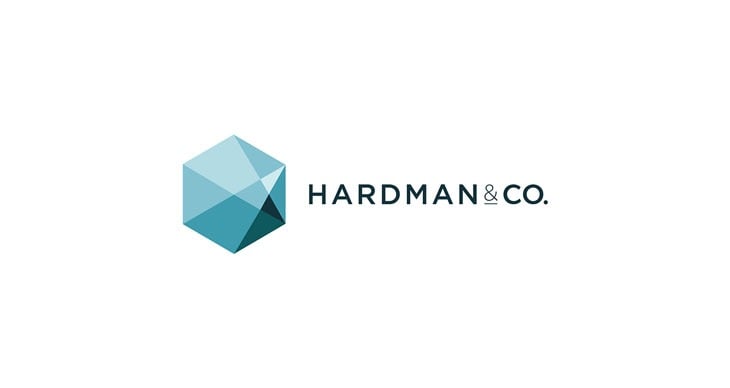HealthEquity, Inc. (NASDAQ: HQY) stands out in the healthcare sector as a pivotal player in the health information services industry. With a market capitalization of $7.77 billion, HealthEquity has carved out a significant niche by providing technology-enabled services platforms that cater to consumers and employers across the United States. Their offerings include health savings accounts, investment platforms, and online automated investment advisory services. The company’s diverse product suite also extends to flexible spending accounts, health reimbursement arrangements, and commuter benefit programs.
Currently trading at $89.82, HealthEquity’s stock has experienced a minor price change of -0.01%, reflecting a slight downward adjustment. However, with a 52-week range between $74.69 and $114.51, the stock still holds substantial room for upward movement. Analyst sentiment is overwhelmingly positive, with 13 buy ratings and only a single hold recommendation, pointing to a strong vote of confidence in HealthEquity’s future performance.
One of the standout figures for HealthEquity is its projected potential upside of 35.91%, based on an average target price of $122.07. This projection is drawn from a target price range that stretches from $104.00 to $130.00, suggesting robust growth prospects. Investors should note the absence of sell ratings, which further underscores the bullish outlook from the analyst community.
Despite lacking traditional valuation metrics like a trailing P/E ratio or a PEG ratio, HealthEquity’s forward P/E stands at a reasonable 20.34, indicating investor expectations of future earnings growth. The company’s revenue growth rate of 15.00% is another reassuring metric, especially in an industry where efficient scaling and the ability to drive top-line growth are paramount.
However, potential investors should be aware of some limitations in HealthEquity’s financial disclosures. The absence of net income and specific price-to-book and price-to-sales ratios can pose challenges in conducting a comprehensive valuation analysis. On the performance side, the company reports an EPS of 1.37 and a return on equity of 5.77%, alongside a healthy free cash flow of $96.004 million, which provides a degree of financial flexibility.
HealthEquity does not currently offer a dividend yield, with a payout ratio of 0.00%. This decision to reinvest earnings into the business rather than distribute them as dividends may be seen as a strategic move to fuel further growth and expansion.
From a technical perspective, the 50-day and 200-day moving averages are $96.97 and $97.83, respectively, indicating a slight downward pressure on the stock. The relative strength index (RSI) at 55.25 suggests that the stock is neither overbought nor oversold, while a MACD of -2.08 and a signal line of -2.21 could imply a bearish trend in the short term.
Founded in 2002 and based in Draper, Utah, HealthEquity has established itself as a trusted partner for a network of health plans, benefits administrators, and consultants. As the company continues to innovate and expand its market presence, investors will be keenly watching for strategic initiatives that could unlock further value and drive long-term growth.
